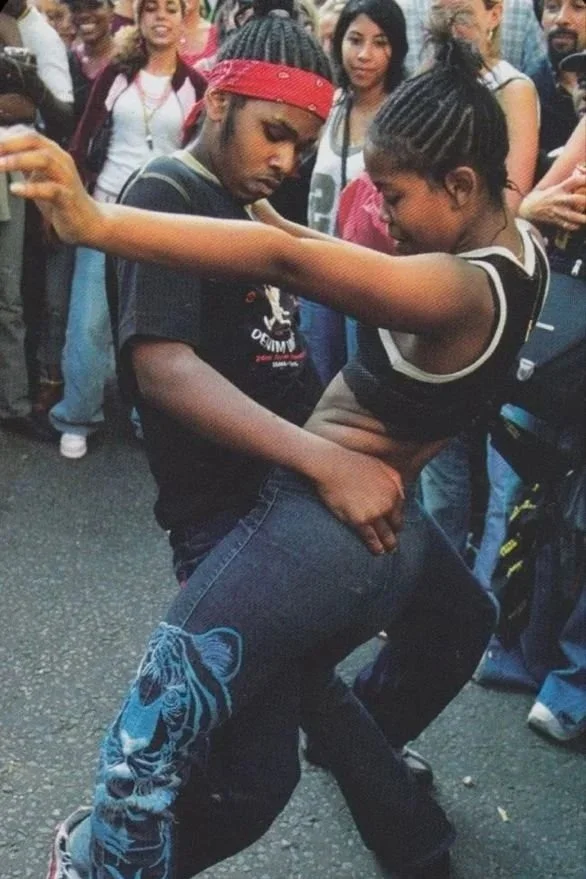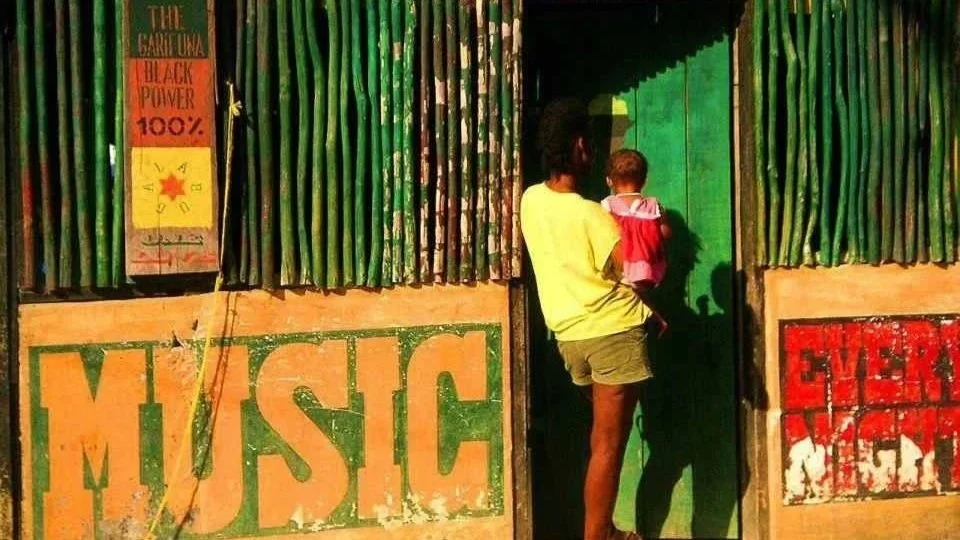History
Dancehall is an integral part of Jamaican culture. Starting as a musical genre, and today has become a lifestyle and a culture in Jamaica. In the 1970’s, the genre was birthed by artists like Sugar Minott and U-Roy, Yellowman becoming the first globally famous Dancehall artist. The genre blossomed in lower income, underdeveloped areas. Dancehalls in general have always been a lower-income thing in Jamaica, since the 1950’s, dance has been an escape for many poor Jamaicans. Dancehalls and dancehall events are typically pretty nomadic, in order to avoid police. These events are almost always free, making their money back in alcohol sales. These dancehalls are commonplace for police raids and are often looked down upon by upper-class Jamaica. So basically, impoverished Jamaicans were like “you guys have literally kept us enslaved for ever and now we can’t even smoke a joint without you people freaking out?! We need a safe space to chill and have fun” and the police and upper class people did NOT like that. The police even often came to these dancehalls disguised as press. There was once huge raid early on where police disguised themselves as a British film crew.
So what does this have to do with music? Let me tell you. Originally, these dancehalls were really just playing reggae, after like 20 years of dancing to reggae, some deejays were like “we need something more upbeat around here, let’s get a little nasty freaky.” So, they started “toasting” (rapping) over reggae beats. At the time, there were no copyright laws, so everything was fair game. This then evolved into dancehall hits and the birth of the dancehall artists we all know and love today. In the 1980’s dancehall music started really taking off. Yellowman, Barrington Levy, Buju Banton, Beenie Man and Eek-A-Mouse all quickly rose to the top of the charts. Another huge boom in global consumption of dancehall music happened in the early 2000’s, this is when people like Vybz Kartel, Spice, Sean Paul, and Elephant Man gained popularity.


